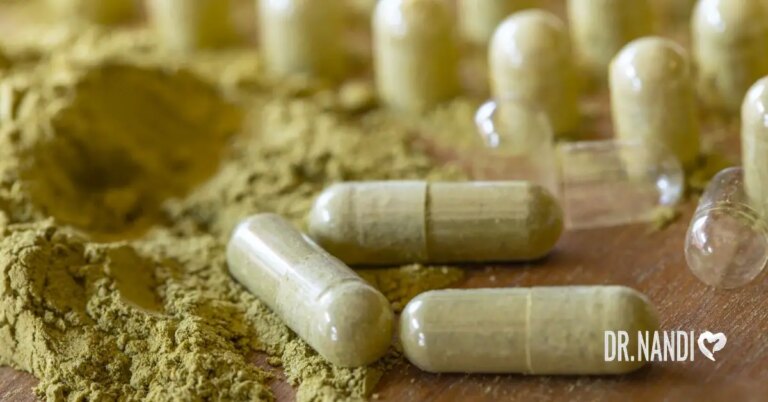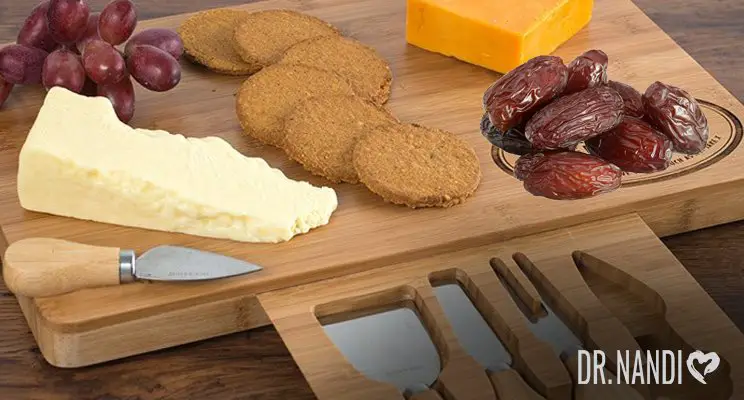Not long ago, I filmed an episode of The Dr. Jason Show with Dr. Michelle Taylor that was all about salad. I always recommend to my patients, readers, and audiences that they eat more salads, aiming for one a day. It’s a great meal for lunch because it’s easy to prepare, easy to pack up and take into the office, easy to create variations on to keep things interesting, and it delivers a mid-day energy boost and helps keep you feeling great as the day wears on.
Nutritional Benefits of Salad
Obviously, there are countless ingredients you can use in a salad, and which ones you select affects the nutrients you get. But most salads have a lot in common, so we can make some generalizations. Just make sure you skip the iceberg lettuce—it has very little nutritional value—and opt for a base of romaine and/or darker leafy greens.
Salads are made with whole foods, which are the best things for you. Dark leafy greens and many common salad veggies are loaded with an array of vitamins, minerals, antioxidants, fiber, and other nutrients. Nuts and seeds are great inclusions for more of the same, as well as protein and healthy fats. If you work in a whole grain like whole wheat croutons or quinoa, it’s a source of good carbs, fiber, B-complex vitamins, and all sorts of other nutrients. Lean proteins like skinless poultry or fish also add satisfying substance and nutritional value.
Energy Benefits of Salad
Carbohydrates are the first source of energy for your body, and a wholesome salad is full of good, complex carbs. These provide a long-lasting slow release of energy; simple carbs, in contrast, give you a short burst of energy followed by an energy-depressing blood sugar crash. Count on your salads to sustain you.
These good carbs and fiber are also highly satisfying. You feel satiated, and it lasts (for the same reason as the energy boost—because you don’t experience a spike and crash in blood glucose levels). And the best part is, you’re satisfied with a relatively low-calorie meal—ideal for weight loss and weight control—and without eating a heavy meal that makes you feel tired and sluggish.
Using Organic Ingredients
I’m a big advocate for eating organic as much as possible. We don’t have a good grasp of the long-term health effects of consuming pesticides or food grown in synthetic fertilizers. There’s compelling evidence that these things can do us harm, though, so why risk it? As a general rule, I prefer to keep things as natural as possible; it just makes sense.
Purchasing organic produce can get pricey. If you’re trying to watch the food budget, you can be selective about what you buy organic. There’s not much point in buying organic with foods that have a thick rind or peel that you don’t eat. This includes things like bananas, most citrus fruits (unless you’re using the peel for zest), melons, and pineapple. But for foods you eat the outside of, or that have a thin peel, it’s better to spring for organic.
Try Dr. Taylor’s Salad Recipe
One of the great things about salads is that there’s no end to the types and combinations you can put together. There are so many different types of greens, so many fruits and veggies, so many nuts, seeds, and whole grains… Then there’s even more variety from the protein sources and salad dressings you use, and you can always introduce a sensible portion of so many kinds of cheese, too. Salads may have a reputation as a boring food, but they’re as boring or exciting as you make them!
Dr. Taylor shared a unique salad recipe on my show. It was incredibly rich in antioxidants and other nutrients, and it was delicious! So, I thought I’d share it with you here so you can try it. You can of course make substitutions as needed and have fun experimenting with your own twists, but here’s her version (makes about 4 servings):
- ¾ head of kale, shredded and thick stems removed
- 1 cup cooked quinoa (high in fiber and plant-based protein)
- 1 cup goji berries, soaked in cold water for 20 minutes to bring out their sweetness (an antioxidant superfood)
1 cup raw pumpkin seeds - For dressing, mix 3 tablespoons olive oil, 1 tablespoon apple cider vinegar, 1 tablespoon Dijon mustard, a squirt of lemon juice, and minced garlic to taste
- Toss and enjoy!
And by the way, if you want to make sure you catch future episodes of The Dr. Jason Show, just sign up here. You’ll get notifications of upcoming shows on Facebook Live, plus links after they air so you can watch them at your convenience if you can’t tune in live.
Originally posted on www.jasonmd.com
Jason Littleton, MD

Jason Littleton, MD is a board-certified family physician offering convenient concierge healthcare. He emphasizes personal attention, prevention, and smart lifestyle choices for optimal health, wellness, energy, youthfulness, longevity, balance, and happiness. He encourages patients to eat nutritiously and focus on fitness, providing clear, practical, personalized guidance for doing so in our busy lives.
Dr. Littleton earned his MD from Michigan State University College of Human Medicine and a BS in Biology from the University of Michigan. In 2010, he received National Doctor’s Day Recognition from the Practitioner Excellence Committee for “compassionate and excellent care” of patients at St. Mary’s Hospital in Grand Rapids, MI. He also received the Resident Teacher Award as a family medicine resident. Today, Dr. Littleton serves patients in the Orlando area.
Additionally, Dr. Littleton is CEO of WellSpring Human Energetics, author of WellSpring: The Energy Secrets to Do the Good Life, an in-demand motivational health speaker, and frequent guest commentator on national television programs and in national print publications.
Learn more about Dr. Littleton at www.jasonmd.com











 Subscribe to Ask Dr. Nandi YouTube Channel
Subscribe to Ask Dr. Nandi YouTube Channel










